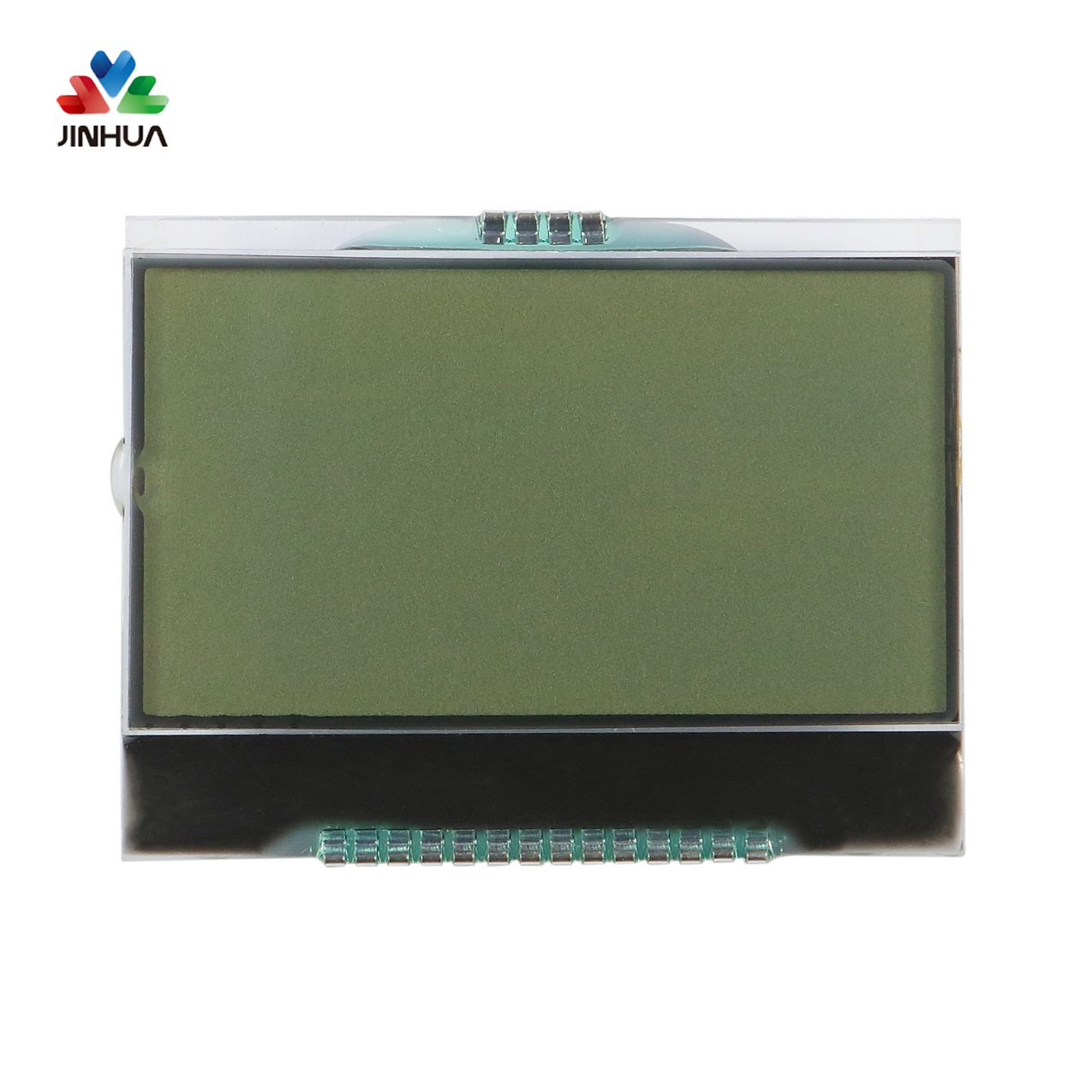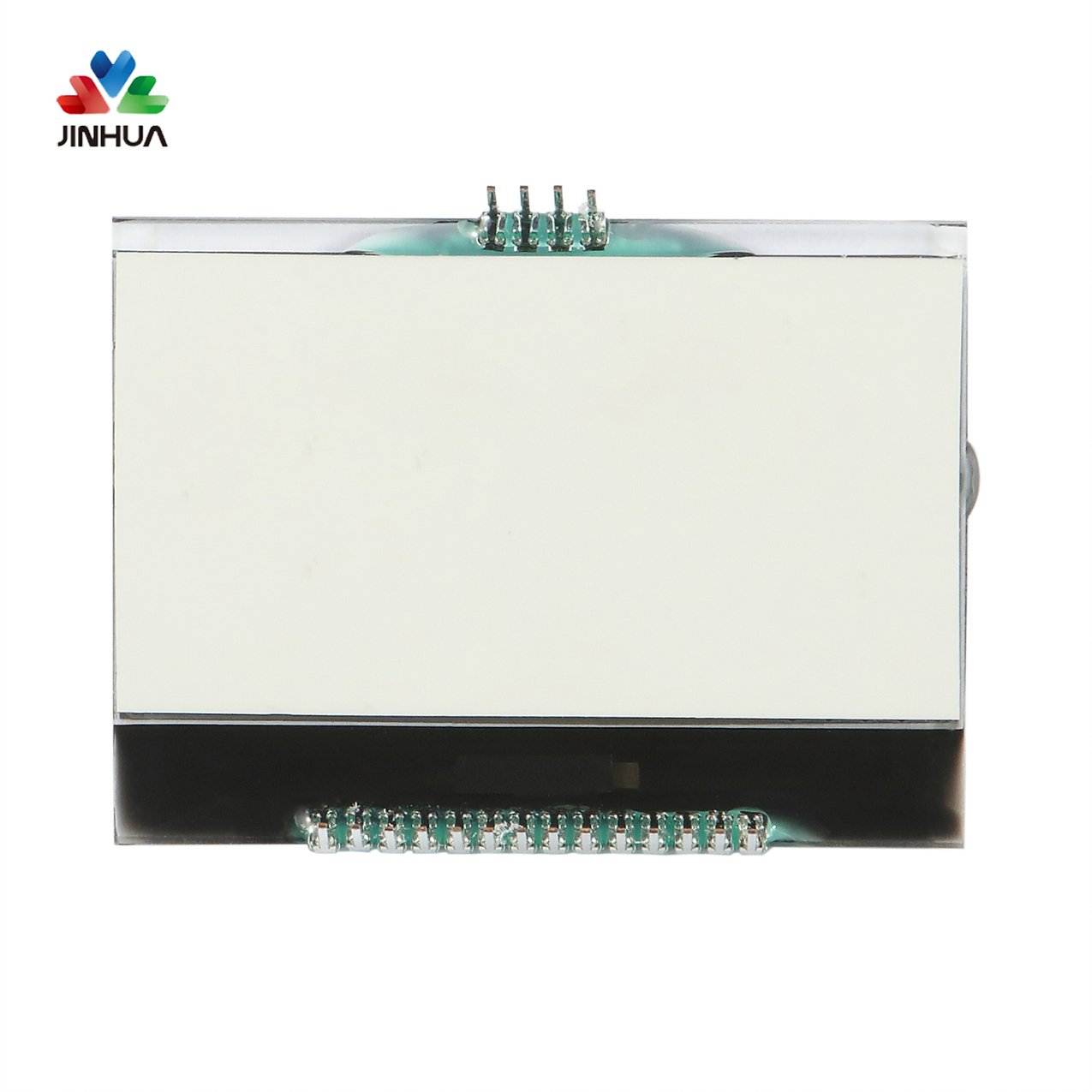2 Digital interface
Recent technological advancements in connectivity, color depth, and price have promoted the industrialization of digital interfaces. In the PC market, due to the requirement of improving cost performance, reducing circuits and reducing costs have become particularly important. Converting the original digital video signal to an analog signal, and then back to the digital signal in the LCD monitor, is obviously more expensive than directly driving the LCD with a digital signal. Since the price of LCD monitors has fallen to close to the purchasing power of ordinary computer users, the proportion of digital/analog/digital conversion interfaces in the price has become a more important consideration. In order to continue to impact the desktop market, LCDs must use low-priced digital interfaces. The previous generations of digital screens use 6 bits per color. Compared with analog screens, it can display limited colors. With the introduction of 8-bit digital drivers per color, the latest screen can display 16.7×106 colors, which can compete with analog screens.
3 Digital connection
The main goal of the digital LCD interface is to minimize the number of wires and reduce the total cost of the display subsystem. However, if a simple parallel interface is used, the number of wires becomes a problem (Figure 3). For example, in order to support 6-bit color display, there are 22 signal lines in the uncoded interface before adding shielding and/or multiple ground wires necessary to ensure signal integrity and anti-electromagnetic interference.
Signal coding can simplify interfaces that are difficult to use. At the same time, because the coding encourages the manufacturer to choose a coding scheme, it also complicates the interface. Several companies and organizations have suggested the use of low-votage ifferenTIal signaling (LVDS). The basis of this type of scheme is to accept and process low-voltage differential signals, and the specific implementation of each scheme may be different.
LVDS was originally used in notebook computers and industrial equipment. In this case, manufacturers can fully control the interface between the video signal source and the STN LCD display. The LVDS scheme reduces the signal to only 5 groups. LVDS is an ideal solution for notebook computers, because it has a low working voltage, and it can achieve high-speed data transmission while ensuring the minimum power consumption and electromagnetic interference. And because it sends a differential signal, it produces The noise is minimal.
For many reasons, the LVDS solution is not directly used for other displays, especially desktop monitors. First, the two earliest LVDS solutions from National Semiconductor and Texas Instruments are incompatible with each other. But this is not all reasons. This solution is optimized for a closed environment with the shortest distance from the video source to the display, and its limited bandwidth supports resolutions only as high as XGA. This progress makes it difficult for LVDS to be a common industry standard. Now this problem has been solved by introducing another interface technology. But if you ask a certain company, the technology he uses may make the LVDS solution more complicated. This new technology is called the Conversion Minimized Differential Signaling (TMDS) solution, and PaneLinkTM, a product developed by Silicon Image and used in the company, is put on the market. TMDS is similar to LVDS in that both use small voltage amplitude and differential signal transmission. TMDS adds a patented agreement to achieve DC balance, and uses "exclusive OR" (XOR) and "exclusive NOR" (XNOR) operations to reduce the number of signal conversions from high to low and from low to high.
TMDS requires fewer signal lines than LVDS. In addition, TMDS exhibits high distortion resistance, clock-dege independence and easy measurement, and supports a single signal interface from VGA to UXGA. TMDS uses double-stranded copper cables to reliably transmit data for several meters, and the use of optical fibers can also greatly extend the transmission distance. Genesis Microchip has successfully tested its receiver/scalar chip with a 10m video cable.
Since the launch of the TMDS program, National Semiconductor and Texas Instruments have developed an implementation program called Open LDI for desktop monitors. Some other Gbit Video Interface (GVIF) including Sony has also been proposed and implemented.






 English
English Deutsch
Deutsch русский
русский español
español العربية
العربية



 IPv6 network supported
IPv6 network supported
